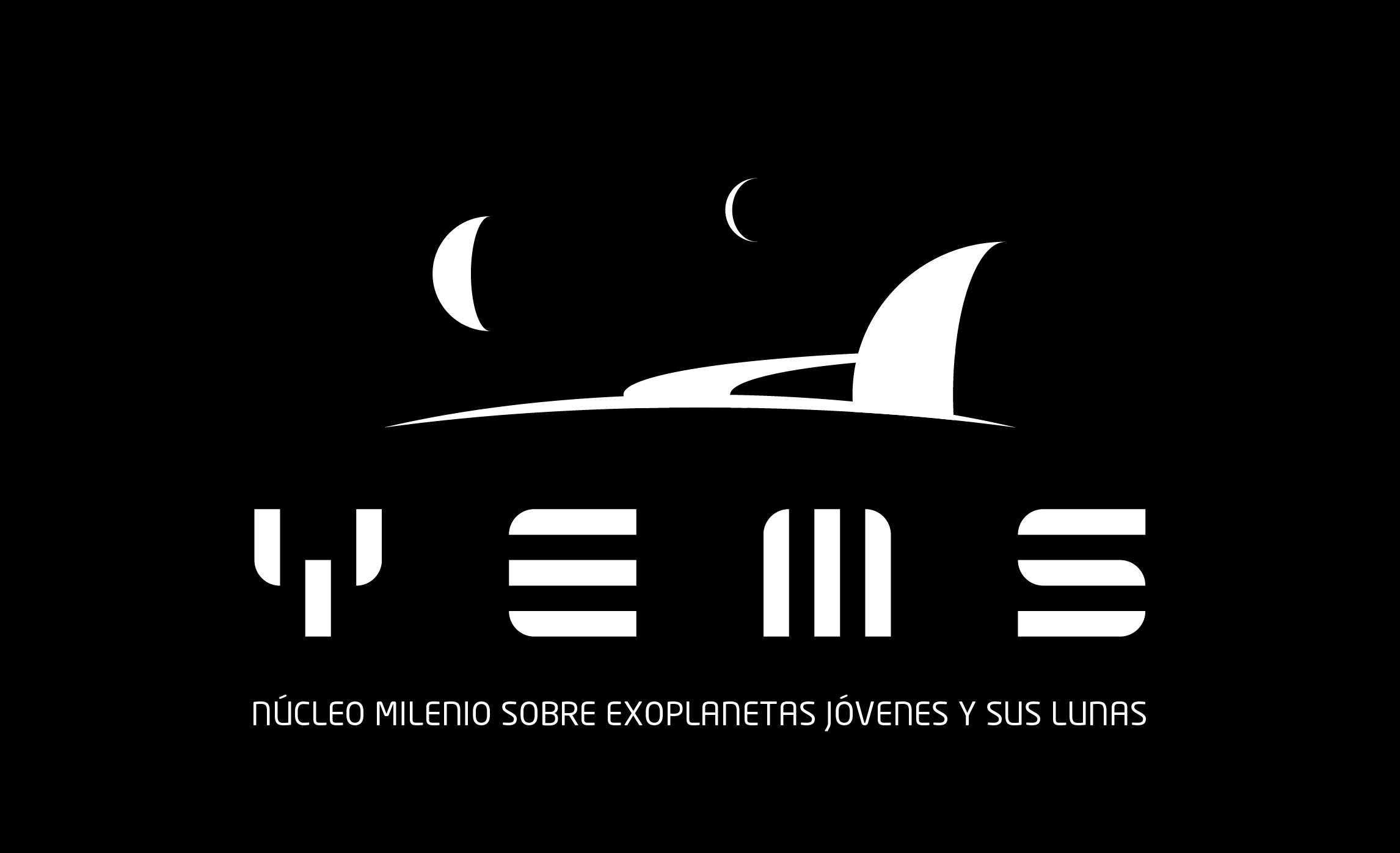
Exomoons
Hidden worlds.
Normally, when we refer to the Moon we're talking about the bright, spotted celestial object visible in the night sky. However, our Moon is just one example of many in the broader astronomical category known as moons, which are natural satellites orbiting planets, much like planets orbit stars. Interestingly, within our Solar System, we know of more moons than we do planets.

Typically, we consider the possibility of extraterrestrial life existing on planets because Earth, a planet, supports life, while our own Moon does not. However, the tidal interactions, size, and compositions of moons orbiting other planets suggest they could potentially support life. Despite numerous exoplanets being discovered in recent years, we have yet to confirm any exomoons outside our Solar System.

Detecting an exomoon presents extreme challenges. It's only been twenty years since the first direct image of an exoplanet was captured. Now, imagine trying to detect something around a thousand times fainter. It seems nearly impossible, doesn't it?

The challenge of detecting moons around exoplanets requires a combination of advanced observational and computational techniques. YEMS combines expertise from image processing and machine learning, involving both astronomers and computer scientists, to delve deeply into existing datasets. This effort aims to bring us closer to the groundbreaking discovery of the first exomoon.

YEMS es un centro multi-institutional entre Universidad de Santiago de Chile, Universidad Diego Portales, Universidad de Chile, y Universidad de Concepción. YEMS is financado de ANID—Millennium Science Initiative Program Center Code NCN2021_080.